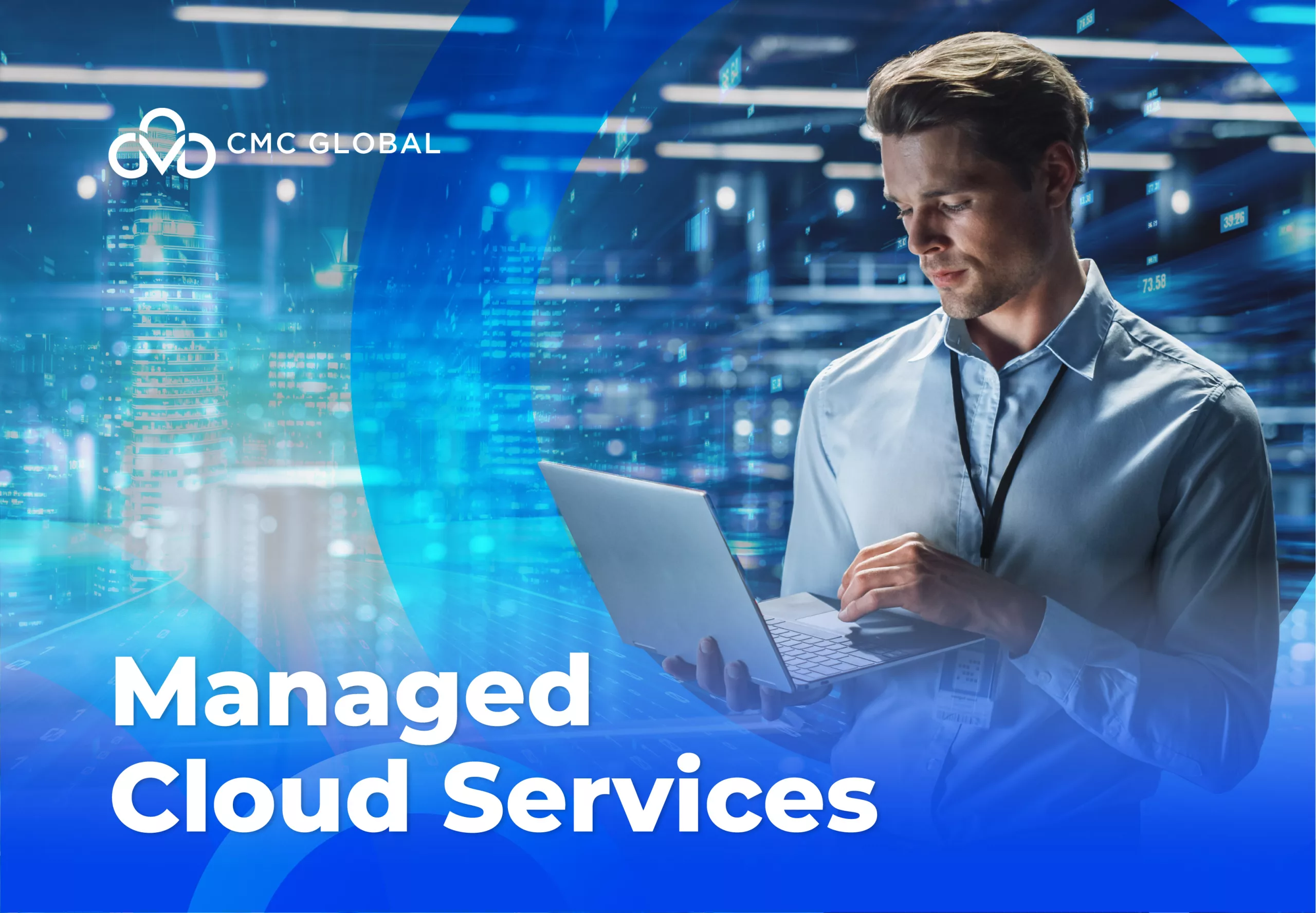A Cloud Migration Checklist is very important for any organization, especially at a time when remote working and IT outsourcing are the norms all over the globe. In 2018, Forbes predicted that 85% of all workloads would run in the Cloud by 2020. Today, the number has risen to 95% by 2022. This kind of a big number has shown the real trend for Cloud migration services globally. However, this process can be painful and money-consuming if companies fail to have either proper planning, execution, or testing. In other words, they fail when they don’t have or follow a good Cloud Migration Checklist.

According to Gartner, companies are now investing 36% of IT spending on cloud-based services on average. So, if your company is one of those organizations looking to modernize mission-critical applications, we are sure your number one hope is to do things right and not to repeat others’ mistakes.
The first step when choosing a cloud migration strategy is to create a Cloud Migration checklist. This post leverages other learnings to build a step-to-step cloud migration checklist of the major areas you need to consider and address to maximize your chances of successful cloud migration. Read this article to have the best cloud migration practices and strategies.
Cloud Migration Checklist Sample

This cloud migration checklist walks you through some early steps you can take to build momentum in your move to the cloud. After you review these ideas, learn more about the Legacy migration process or how we maintain your software afterward.
Consider your Cloud Migration Strategy

Evaluate Cloud Migration Readiness
Before any plan, we must assess any source, finance, capability, and many more. Assisting where you are and what goal are you trying to achieve, and at which cost, help you evaluate your readiness for the cloud and determine areas that need attention the most.
Identify and Involve Others
Based on your first evaluation, you can briefly see the case and thus, reach out to key people throughout your organization, including both IT and business stakeholders.
Remember, the earlier the engagement and support, the smoother and faster the cloud migration process.
Build A Practical Plan
After establishing objectives and priorities for cloud migration, plan around major business events and identify quick wins. For example, you can move applications with just a few dependencies to expedite your migration.
Estimate Costs and ROI (return on investment)
Create a personalized business case for migration. This helps you build a master plan and have a deeper insight into the costs and estimate your potential savings.
Also, this can help you get more data on the potential ROI of cloud infrastructure for your business.
Cloud Migration Plan
Build Your Team’s Skills
A team to execute the migrating process is the core of the project’s success. That’s why you need to consider the training foundation, which plays an important part in successful organizational change. organization can create cross-training sessions, and internal training, or employees themselves can check out much free training available on Microsoft Learn, including courses on Azure fundamentals, solution architecture, and security. Encourage your team to explore Azure certification as well.
Keep your high-performing team sustained by reading this article
Discover and Assess On-premises Applications
Before migrating, inventory all on-premises servers, and assess dependencies. Depending on the tools, you will have the inventory mechanism to help you as you move into subsequent steps. From that, you can better understand VMs and app dependencies on-premises, along with Azure readiness, estimated costs, and recommended sizing.
Know Your Migration Options
There are several different migration strategies including re-hosting, refactoring, and rearchitecting.
Consider Getting Help for Your Migration
Many organizations opt for outside help to support their cloud migration. You can pick a great Cloud service provider by reading our Top 9 Cloud Service Companies in Asia
Learn, Optimize, and Improve
In the end, you can prove successful in your migration journey by assessing and migrating low-complexity workloads as a pilot.
Get Tips on How to Easily Secure, Manage, and Optimize
Choose a cloud provider that offers tools to help you achieve operational excellence and reduce costs. For example, CMC Global’s Cloud-related services such as Cloud Managed Service help you simplify how you manage across your cloud, on-premises, and edge environments.
All the Cloud experts at CMC Global can provide recommendations to improve reliability, security, and performance. For other ways to ensure you are optimizing costs, explore additional resources available throughout the service.
Monitor and Enhance Security
In this time of COVID, security is the top consideration in choosing a cloud provider, as well as an ongoing priority once you have migrated. Malware and cyber attack are on the rise. Contact CMC Global now for more insight and services about security and management best practices offered.
Read more about How COVID-19 changed the malware: Four goals of cybercrime




